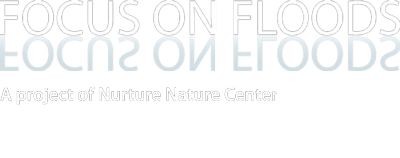This study assesses how Texas coastal residents perceived the risk associated with Hurricane Ike and subsequently how they made protective decisions. Interviews were conducted with 49 residents in Galveston and Kemah, Texas. Results from the interviews show that many of the residents were surprised by the damage and extent of flooding caused by Hurricane Ike. Even though many had previous experience with hurricanes, they considered their experiences with Hurricane Ike a “lesson learned.” The majority of participants indicated that they obtained weather information from their televisions, however, most also indicated obtaining information from multiple sources (i.e. forecasts, websites, and unofficial warnings). Only approximately 20% of participants reported that evacuation orders influenced their evacuation behavior. The remaining respondents used other sources as well in order to assess their personal risk and make their own decisions. Of those who did not evacuate, many reported that they would behave differently in a future storm, having been overwhelmed and surprised by the magnitude of the impacts from Hurricane Ike. A potential reason for why many were surprised by its impacts could be because many believed the Saffir Simpson classification of the hurricane did not sufficiently portray Ike’s risks. Regarding the official warnings disseminated during Ike, the authors wanted to better understand how the public perceives the “certain death” statement used during Ike. Some thought that including the statement helped persuade them to evacuate. However, many more thought that the language was too excessive. The overarching goal of this study is to help craft more effective ways to communicate hurricane risk both by better understanding how residents perceive hurricane risk and make protective action decisions as well as critiquing current warning statements.
